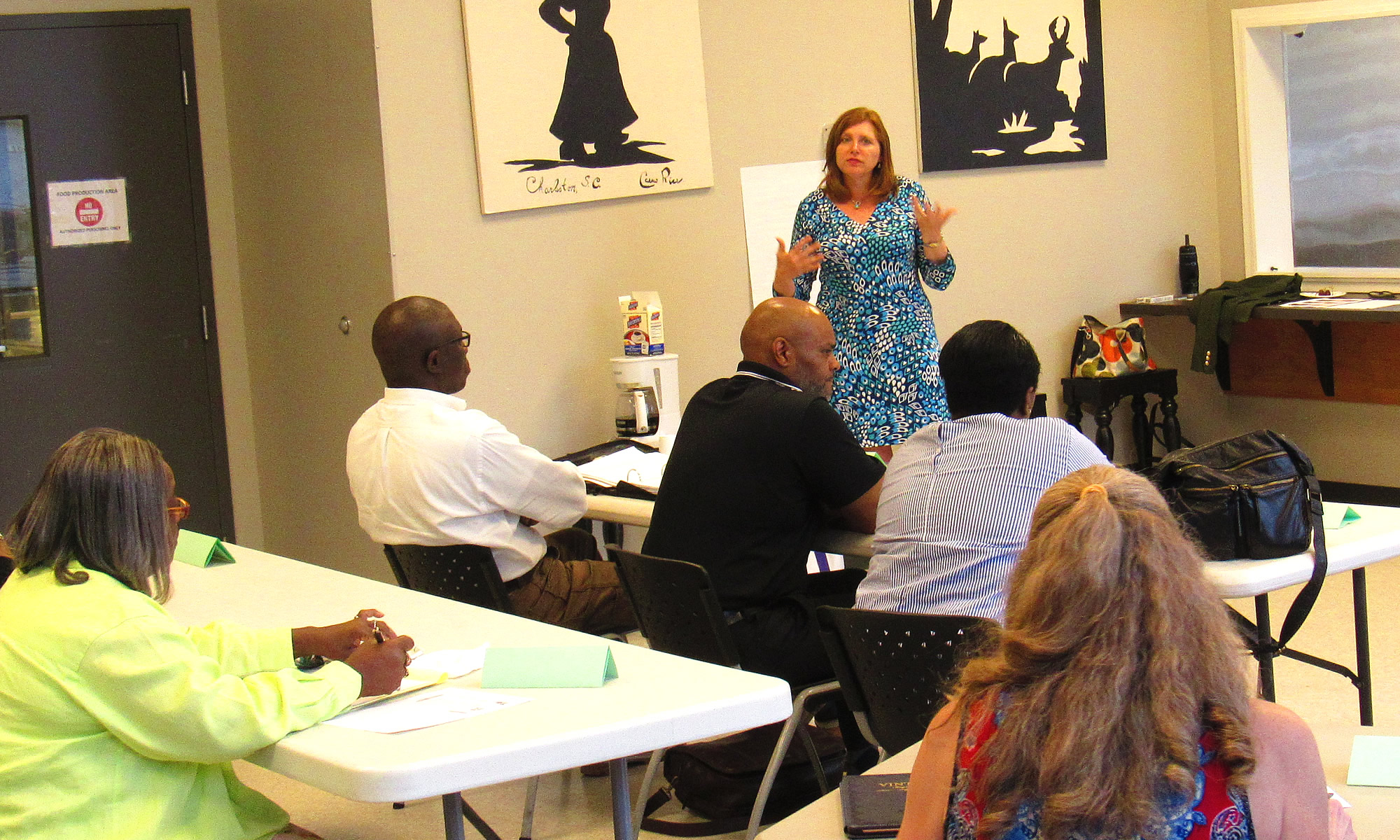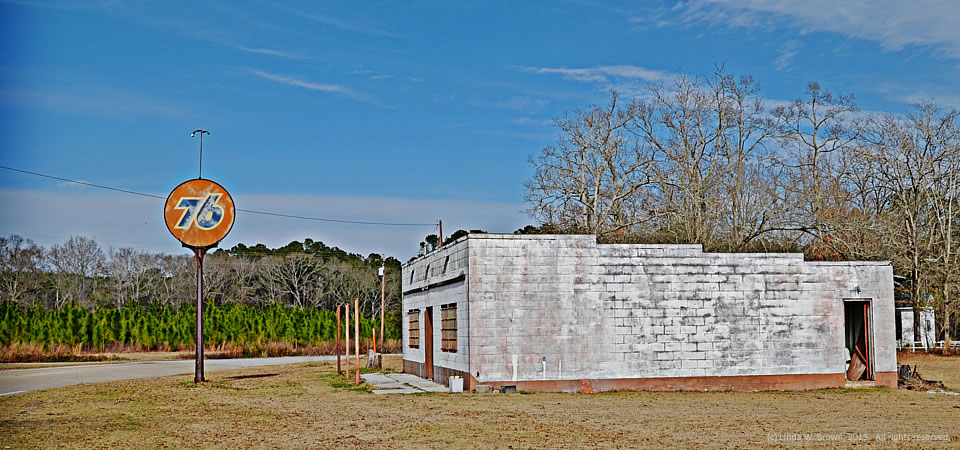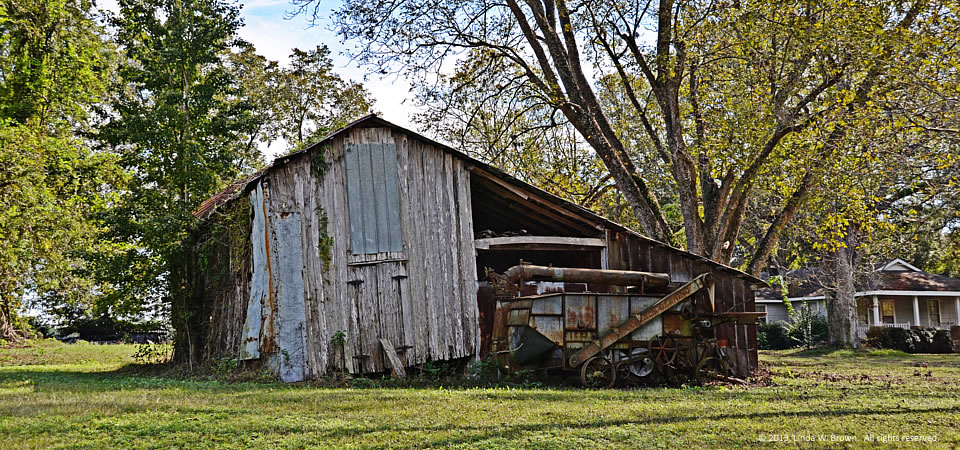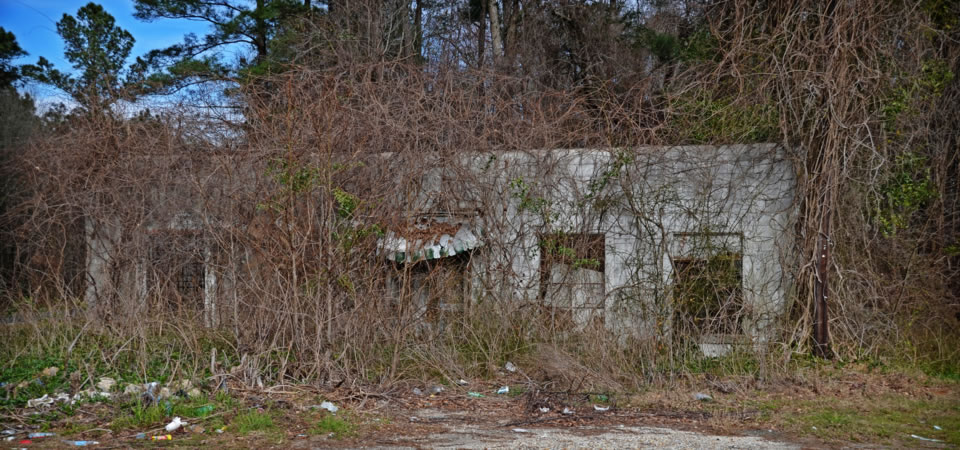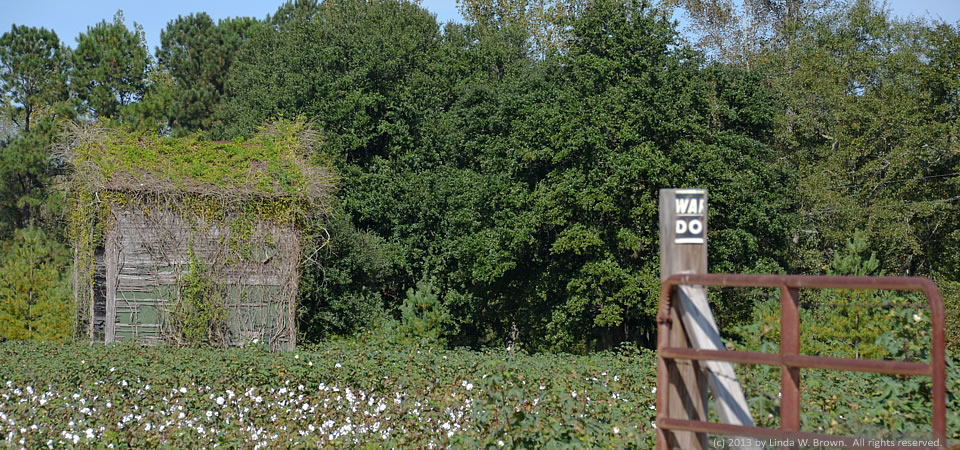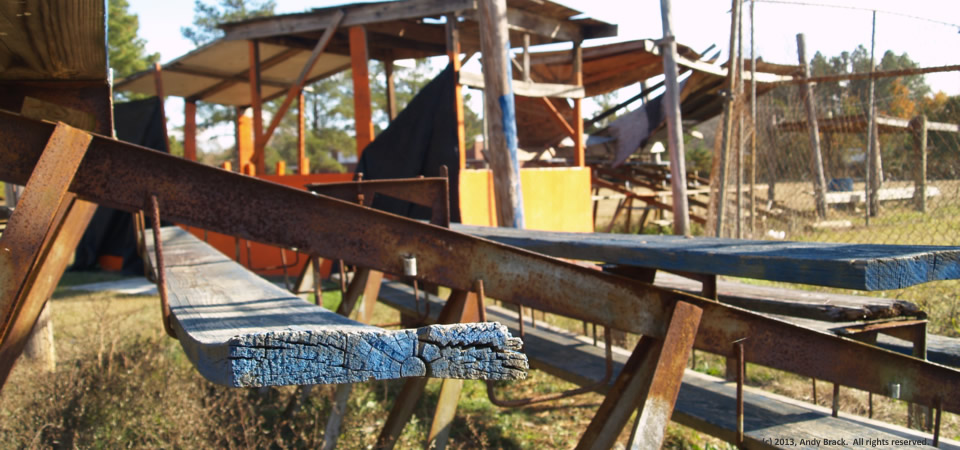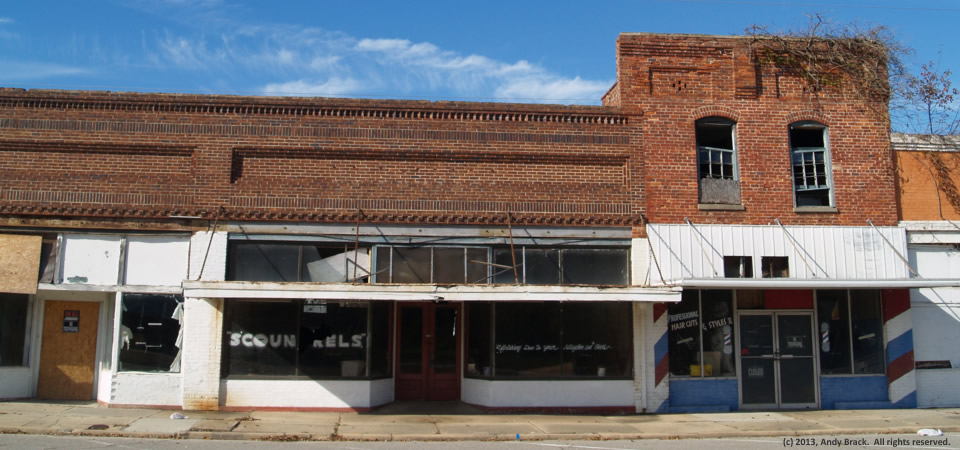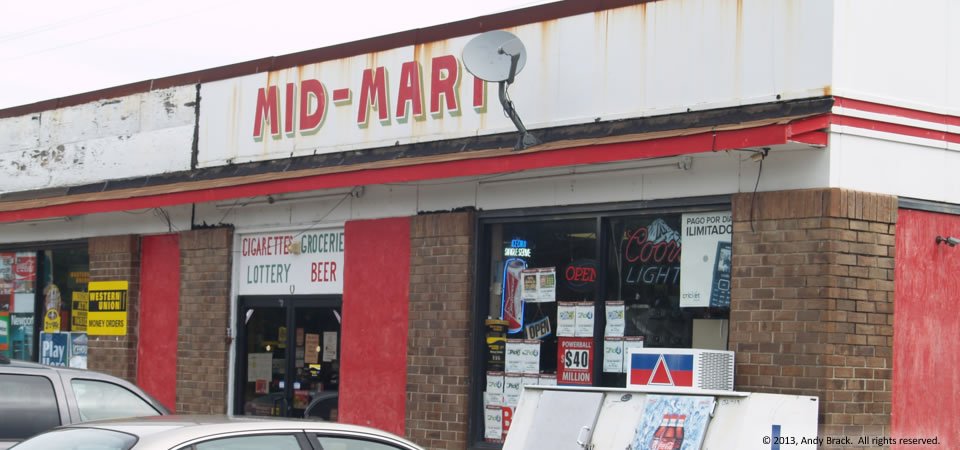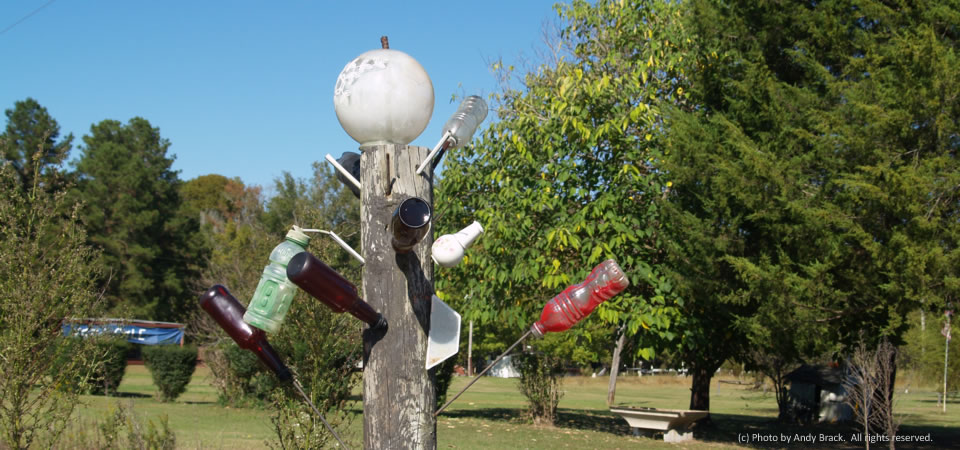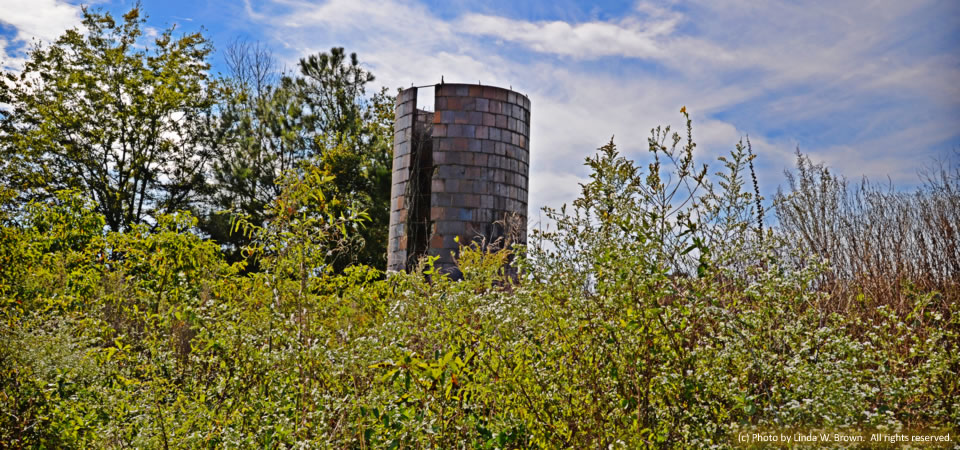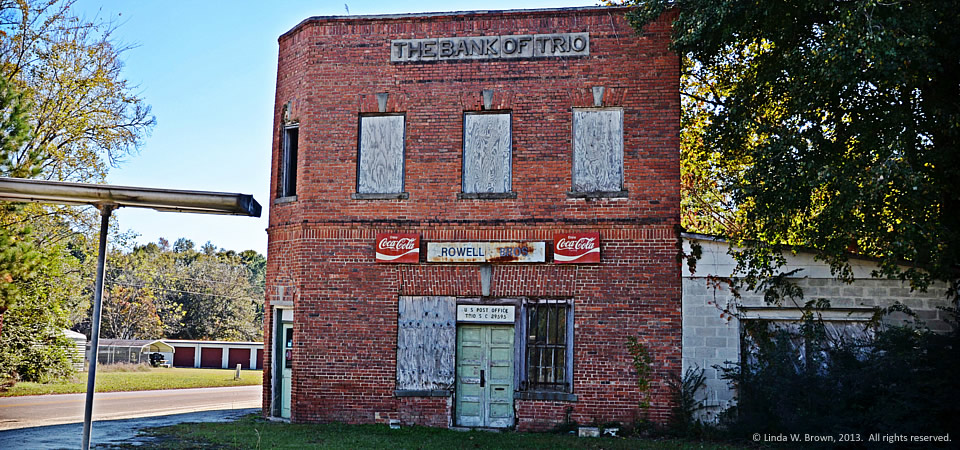
Trio (pronounced Try-o) was once a thriving community in southern Williamsburg County founded by the three Bryan brothers, writes retired editor Linda W. Brown of Kingstree. The area’s main industries were lumber, turpentine and agriculture.
“The Bank of Trio is long gone, but the building still remains as a reminder of more prosperous days,” she says. In the building’s later years, it housed a general store (Rowell’s) and a post office. These days the “post office” is a group of mailboxes by the side of the road.
Just under 34,000 people live in Williamsburg County, which is about the number who lived there in 1900, according to Census figures. Population peaked in 1950 at 43,807, but has dropped slowly since then.
About two-thirds of county residents are black, with almost all of those remaining being white. Only 2 percent of those in the county are of Hispanic descent. Some 32.8 percent of residents live in poverty, according to the Census. Of the county’s 1,921 firms, 36.5 percent are black-owned — a percentage that is three times South Carolina’s average.
Photo taken Nov. 3, 2013, by Linda W. Brown. All rights reserved.
